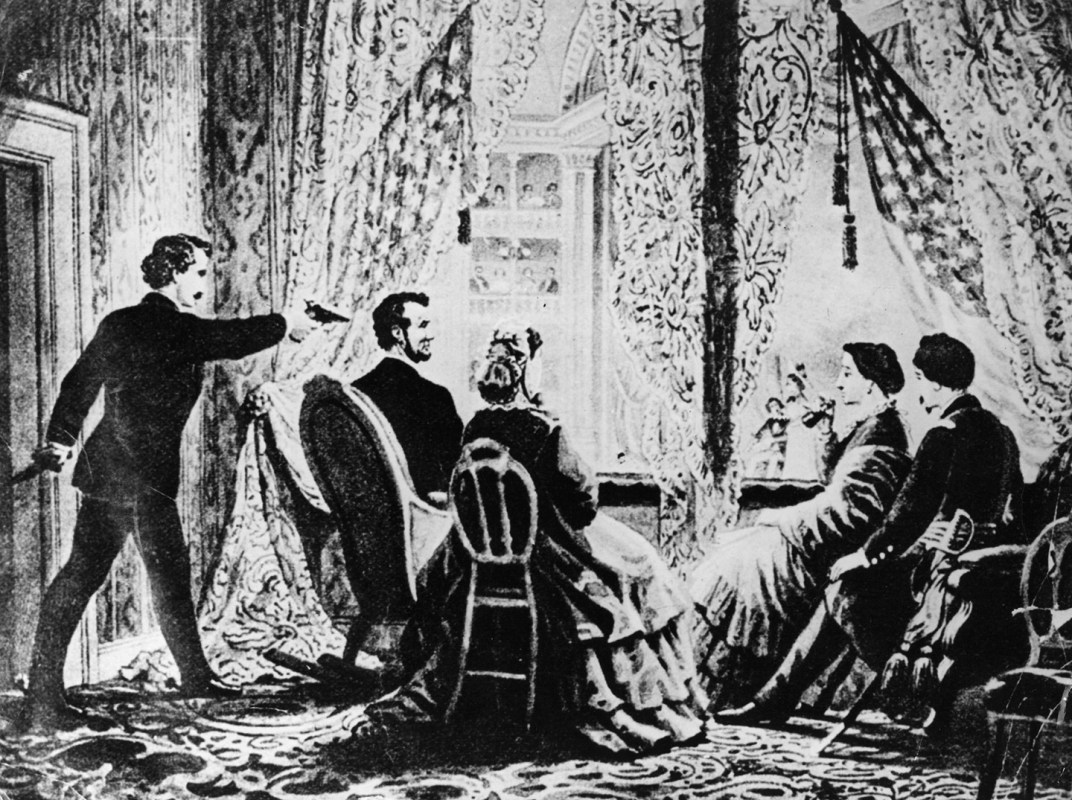Assassinations of famous figures now reverberate around the globe. Often, news of celebrity or politician’s death is so shocking that people can remember exactly where they were and what they were doing, wearing, eating, when they found out the president, singer, or activist was murdered.
These untimely deaths can also have a significant impact on government policy and act as a catalyst for shaping world events. For example, the shooting of President John F. Kennedy permanently changed the U.S. Secret Service. Similarly, campus and civil rights protests as well as riots in cities across the country all followed of the assassinations of activists like Malcolm X, Martin Luther King Jr., and Senator Robert F. Kennedy.
Below, we take a look at some of the most infamous assassinations that changed our world, from ancient times through to today.
Julius Caesar—killed by Gaius Cassius Longinus & Marcus Junius Brutus
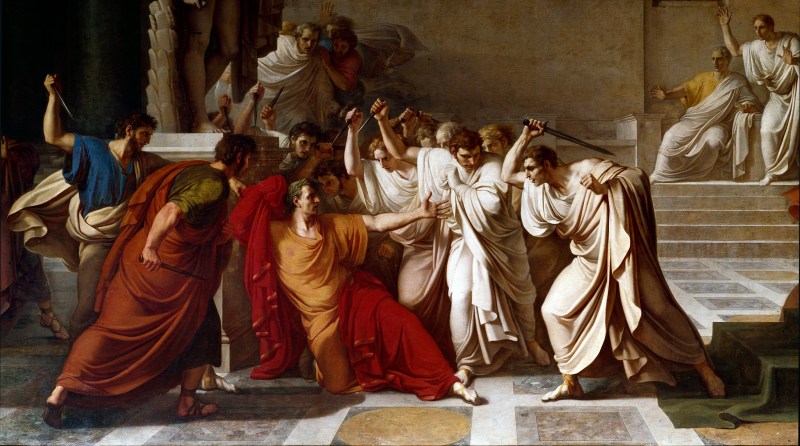
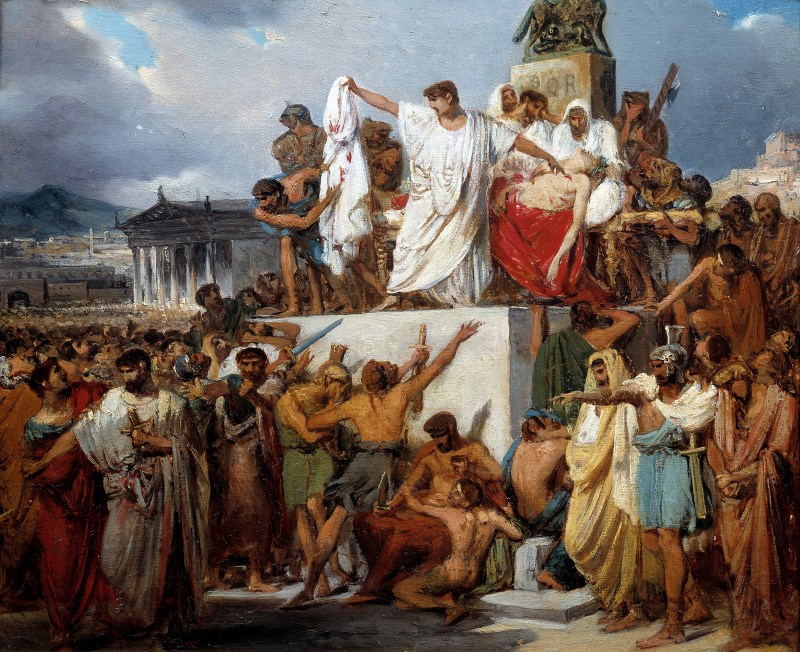
Julius Caesar was a Roman military leader. His infamous assassination by Rome’s Senate was led by Gaius Cassius Longinus and Marcus Junius Brutus. On the Ides of March in 44 B.C.E., Cassius urged on his fellow liberators and struck Caesar in the chest. But thanks to this act of political violence, the Roman Republic ultimately fell, as Rome’s middle and lower classes became enraged by the deadly plot and ignited another civil war.
John F. Kennedy—by Lee Harvey Oswald
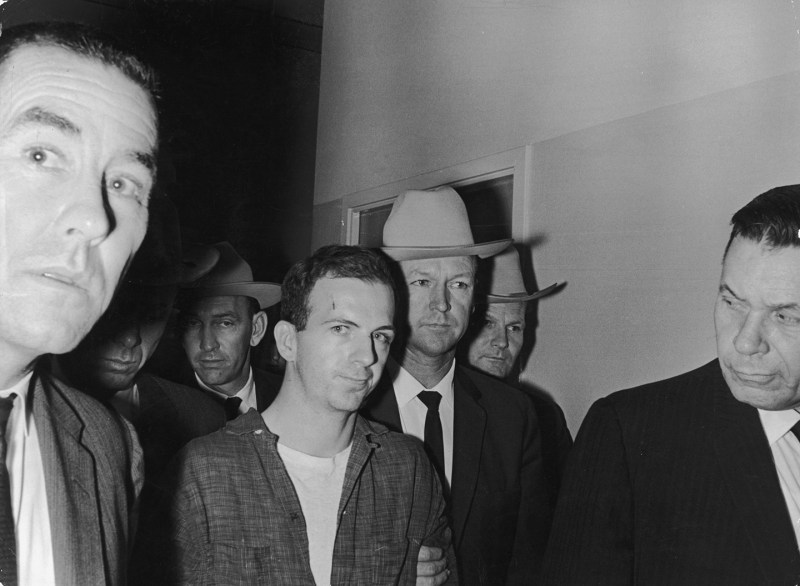
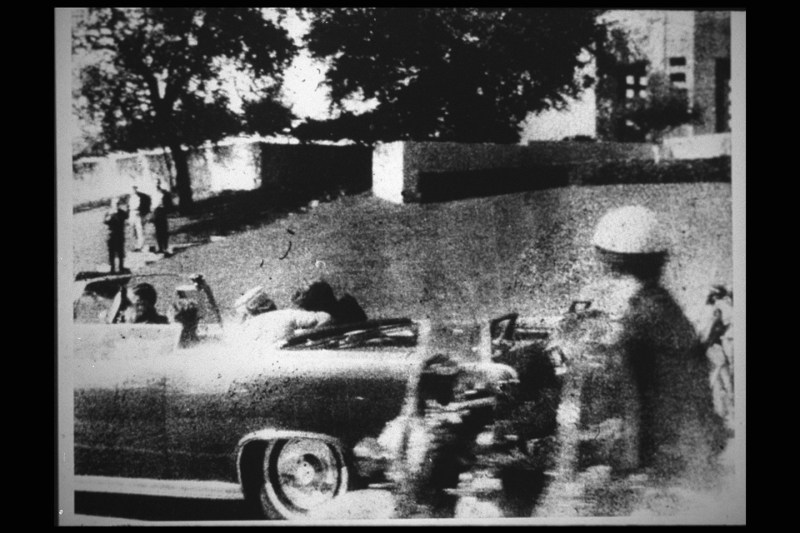
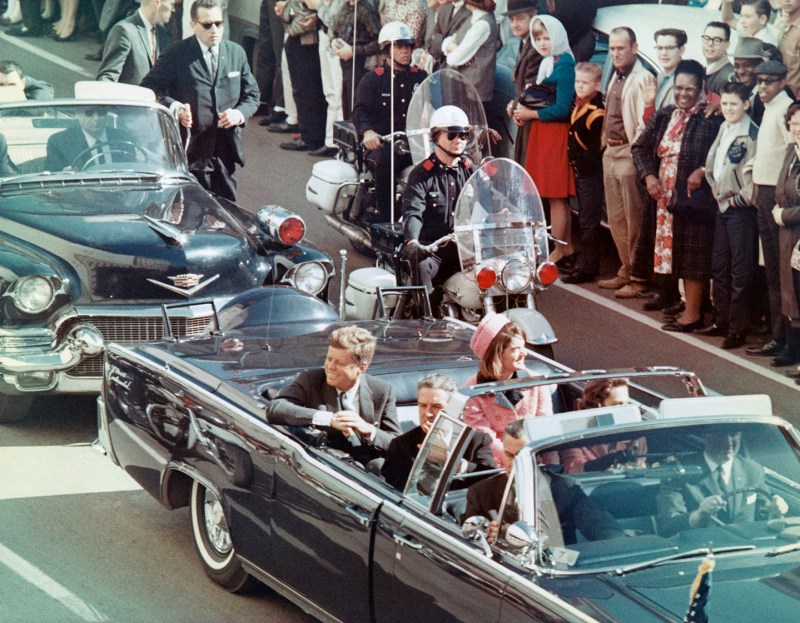
John F. Kennedy, the 35th President of the United States, was assassinated while riding in a motorcade in Dallas, Texas on November 22, 1963. His accused assassin, Lee Harvey Oswald, shot Kennedy from a window on the sixth floor of the Texas School Book Depository building. Oswald used a mail-order rifle and allegedly fired three shots, two of which struck and killed President Kennedy and one of which wounded Texas Gov. John B. Connally. After the shooting, Oswald took a bus and a taxi to his rooming house, then left, and was soon stopped by Patrolman J.D. Tippit, who believed that Oswald resembled the suspect being described on the radio. Oswald killed Tippit with a revolver and was later apprehended by police while hiding in a nearby theater. But before Oswald could even be thoroughly questioned, he was shot dead on live TV by a distraught Dallas nightclub owner, Jack Ruby, while being transferred from a jail cell to an interrogation office.
Malcolm X—by Talmadge Hayer, Norman 3X Butler and Thomas 15X Johnson
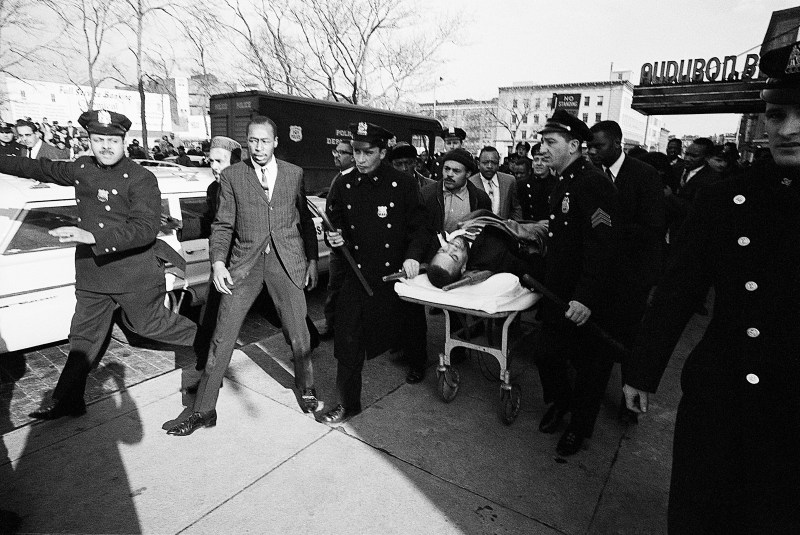
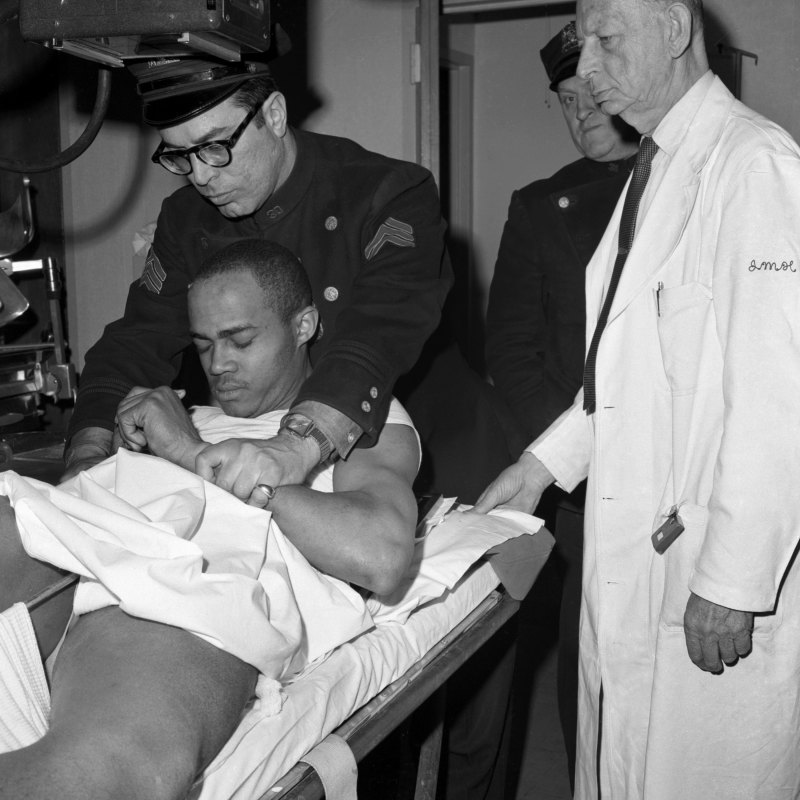
Civil rights activist and writer Malcolm X was one of the most influential African Americans in history. The former convict turned Nation of Islam religious leader became a courageous advocate for the rights of blacks. But critics accused him of sowing racial division and violence. He was killed by Talmadge Hayer (Thomas Hagan), Norman 3X Butler, and Thomas 15X Johnson, who were agents of a rival Black Muslim group, while speaking at an Organization of Afro-American Unity event in New York City on February 21, 1965.
Abraham Lincoln—by John Wilkes Booth
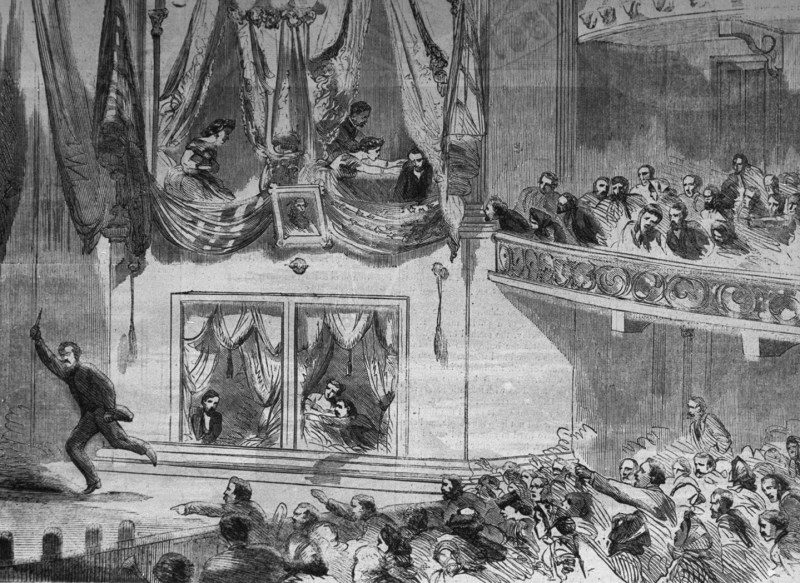
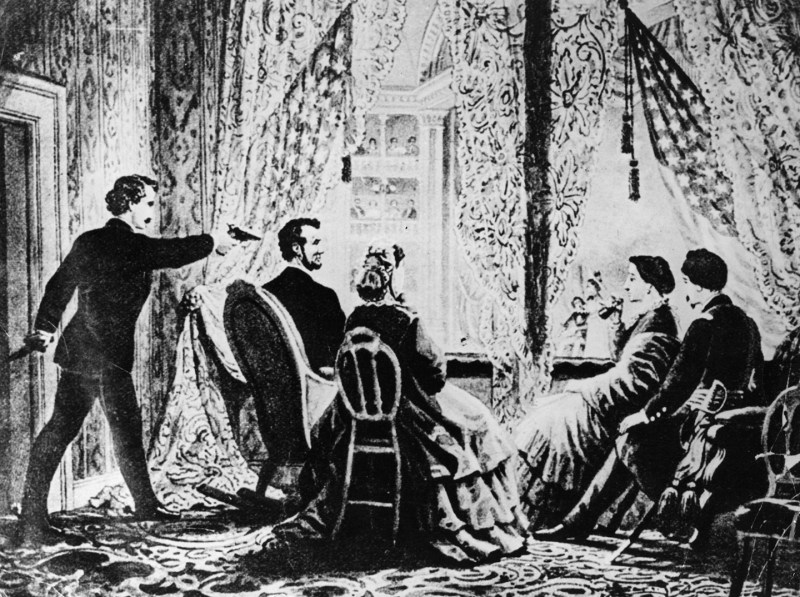
The 16th President of the United States, Abraham Lincoln, was shot in the back of the head by John Wilkes Booth, a member of one of the United States’ most distinguished acting families of the 19th century. Booth was an adamant supporter of the Southern cause and was outspoken in his advocacy of slavery. His original plot involved a sensational abduction of Lincoln, but after several failed attempts, he decided to kill the president instead. He learned that Lincoln was going to attend a performance of Our American Cousin at Ford’s Theater in Washington, D.C., just five days after Confederate General Robert E. Lee had surrendered his Army of Northern Virginia to General Ulysses Grant at Appomattox Court House. During the performance, Booth snuck into the theater box where Lincoln was seated and shot him in the back of the head with a derringer pistol. He jumped over the balustrade and yelled, “Sic semper tyrannis!” (the motto of the state of Virginia, meaning “Thus always to tyrants!”) and “The South is avenged!” Booth broke his leg during the fall, but nonetheless escaped, but was eventually captured 11 days later. Lincoln, gravely injured, finally succumbed to his wounds the next day.
Martin Luther King Jr.—by James Earl Ray
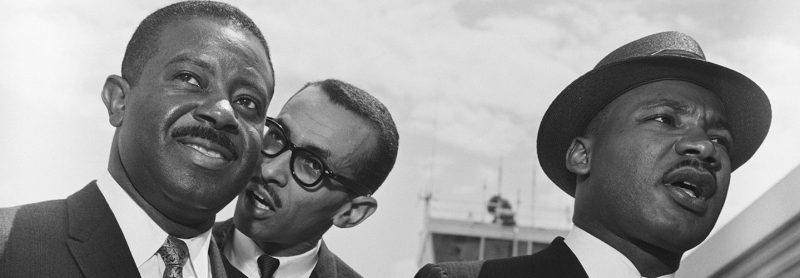
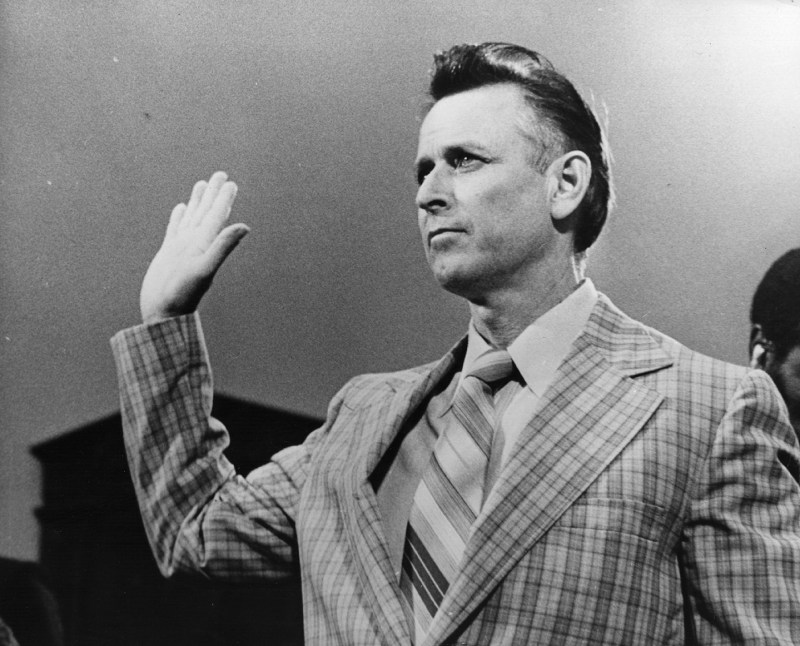
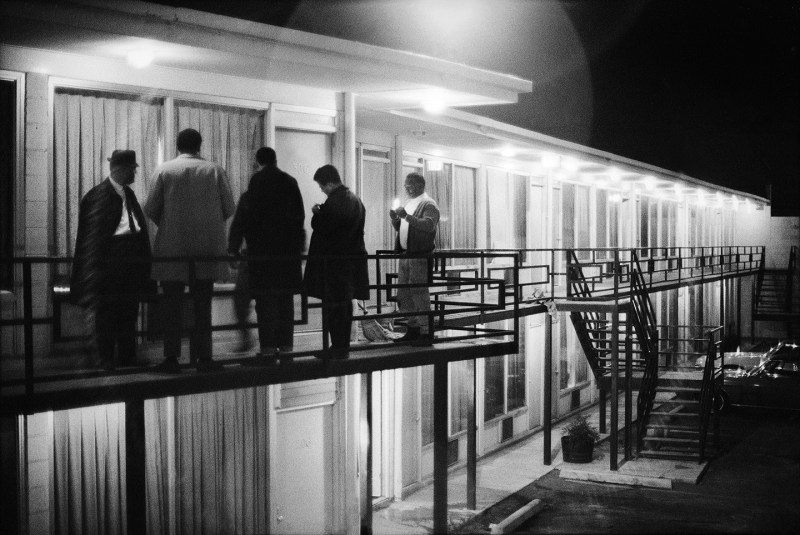
Martin Luther King Jr. was a Baptist minister and a social activist who was instrumental in the civil rights movement’s success in ending the legal segregation of African Americans in the South and other parts of the United States. He was the head of the Southern Christian Leadership Conference and was leader of the 1963 March on Washington for Jobs and Freedom. His efforts to win equality on behalf of African Americans won him the Nobel Peace Prize in 1964. In the spring of 1968, a small-time crook and escaped convict named James Earl Ray began stalking King, incensed by the preacher’s call for racial equality. shot King from the window of a nearby rooming house while King was standing on the balcony of the Lorraine Motel in Memphis, Tennessee.
Archduke Franz Ferdinand—by Gavrilo Princip
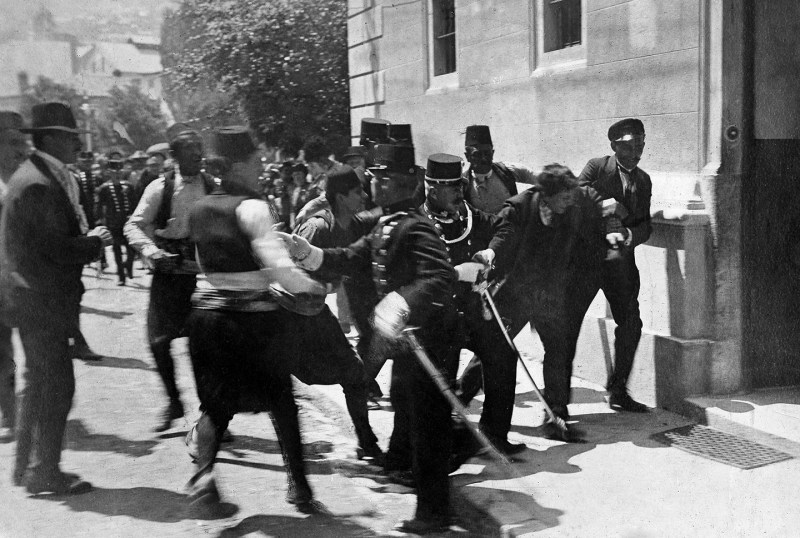
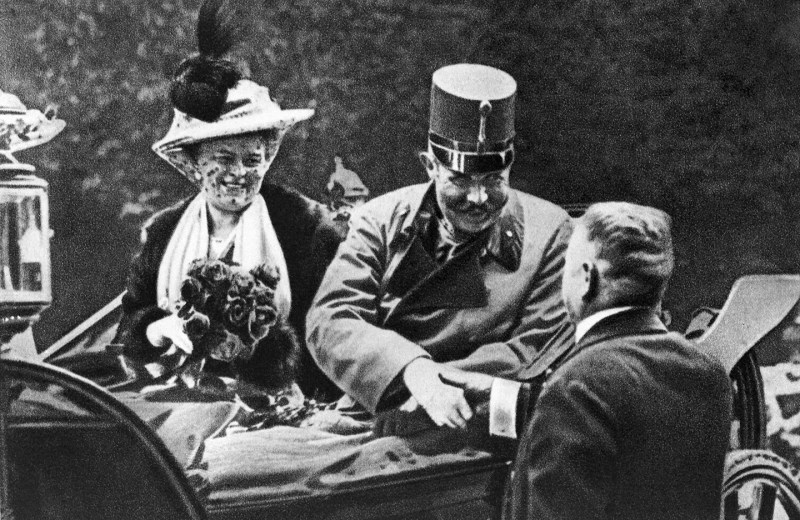
Franz Ferdinand was an Austrian archduke whose assassination reverberated through Europe and ultimately sparked World War I. Ferdinand, who was in line to inherit the throne of the Austro-Hungarian empire, was assassinated by Gavrilo Princip, an anarchist trained in terrorist tactics by a Serbian secret society known as the Black Hand. Princip wanted to destroy Austro-Hungarian rule in the Balkans and believed the first step toward this goal involved killing a member of the Habsburg imperial family or a government official. Princip shot Ferdinand on June 28, 1914 as the archduke and his wife were riding in a convertible car through the streets of Sarajevo.
John Lennon—by Mark David Chapman
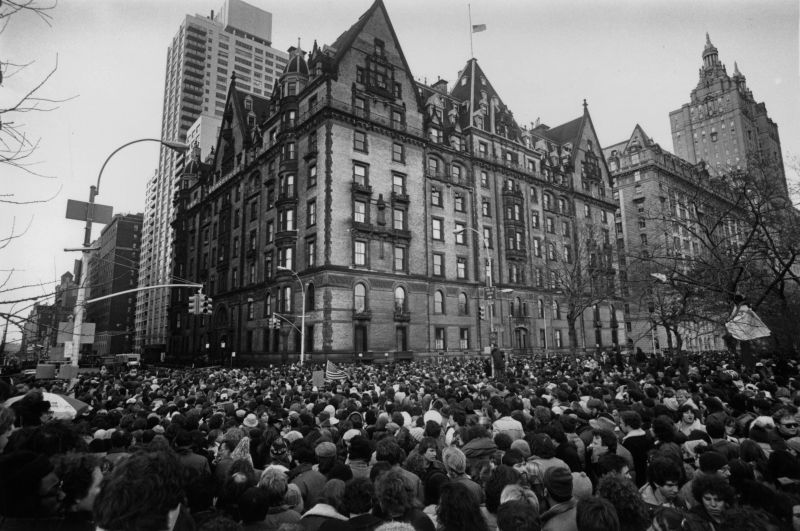
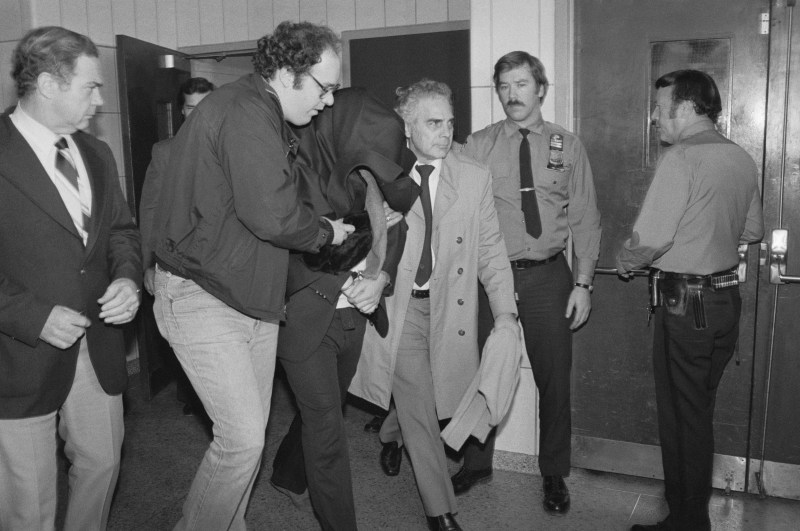
John Lennon, a member of legendary rock group The Beatles, was murdered on December 8, 1980 by Mark David Chapman, who told his wife he had become obsessed with killing Lennon. Chapman stood in the archway of the Dakota, Lennon’s apartment building in Manhattan, and shot Lennon in the back five times. Immediately after, the doorman to Lennon’s building, Jose Perdomo, yelled, “Do you know what you have done?” and Chapman responded, “Yes, I just killed John Lennon.”
Mohandas “Mahatma” Gandhi—by Nathuram Godse
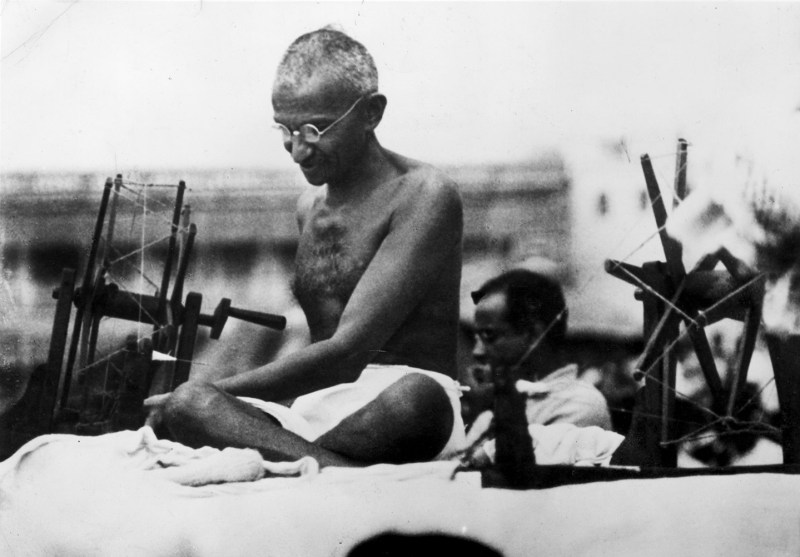
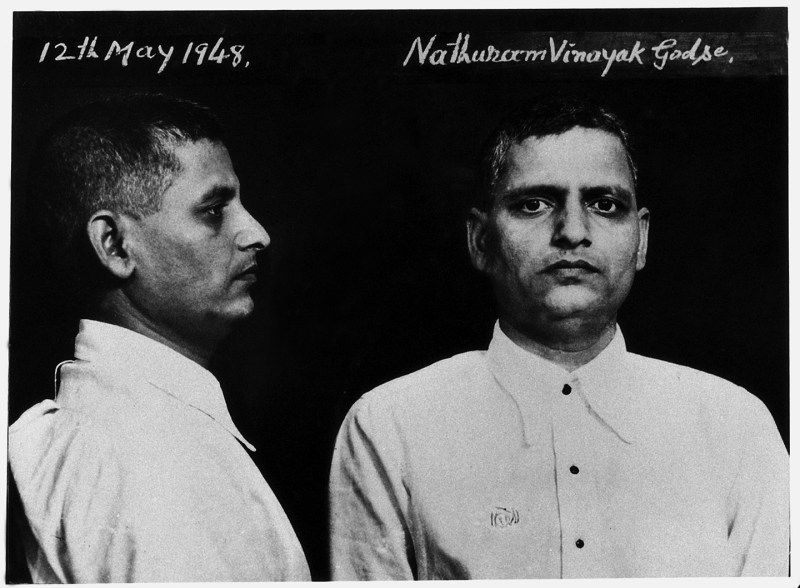
Gandhi is best known for his doctrine of nonviolent protest to achieve political and social progress. He was a leader of the Indian nationalist movement against the British Raj and is considered to be the father of the country. He was killed by Nathuram Godse, who believed Gandhi treated Muslims with more respect than Hindus and was critical of Gandhi’s use of power. Godse shot Gandhi three times at point blank range with a pistol.
Robert F. Kennedy—by Sirhan Sirhan
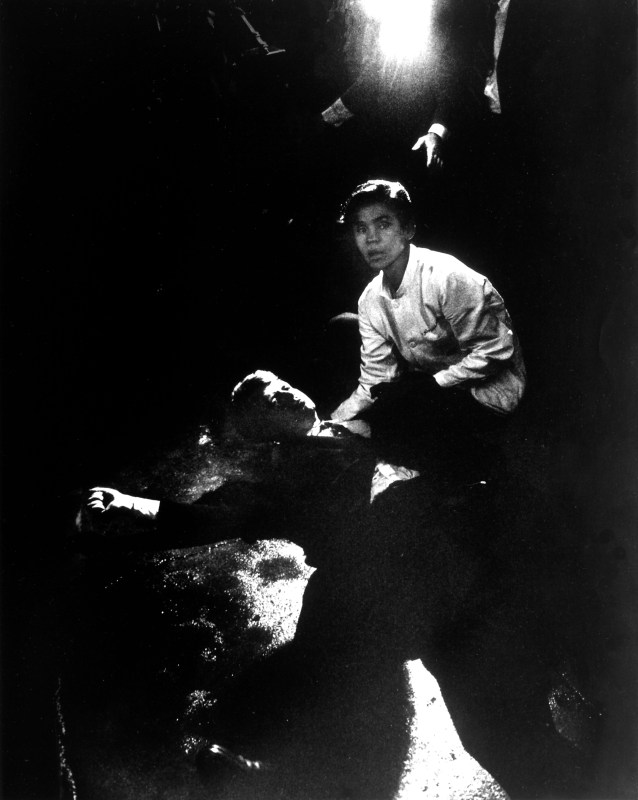
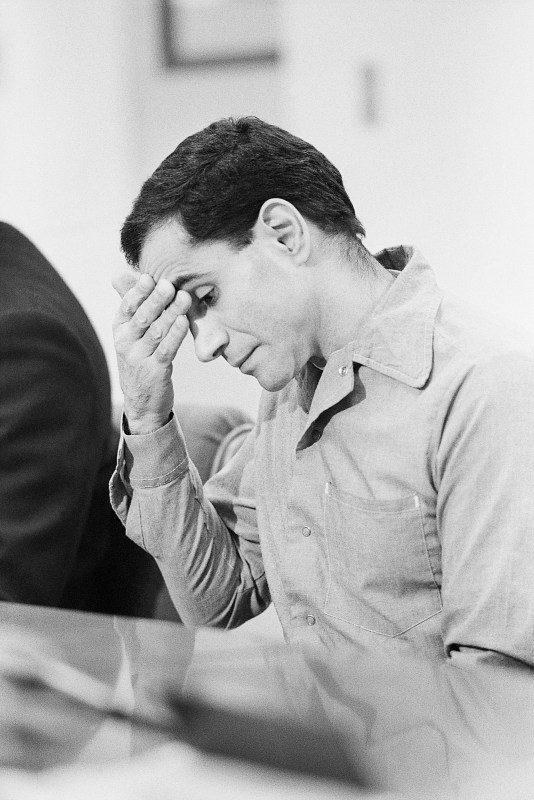
Presidential candidate Robert F. Kennedy was mortally wounded after getting shot at point-blank range by Palestinian immigrant Sirhan Sirhan at the Ambassador Hotel in Los Angeles on June 8, 1968. The 42-year-old senator from New York—who was the younger brother of former President John F. Kennedy, who himself had been assassinated less than five years earlier—had just been declared the winner of the Democratic presidential primaries in South Dakota and California earlier that night. Kennedy’s untimely death rocked the 1968 election, as at the time he was murdered he had looked to be closing in on the Democratic nomination. Instead, Vice President Hubert Humphrey became the Democratic candidate and ultimately lost the election to Republican Richard Nixon.
James Garfield—by Charles J. Guiteau
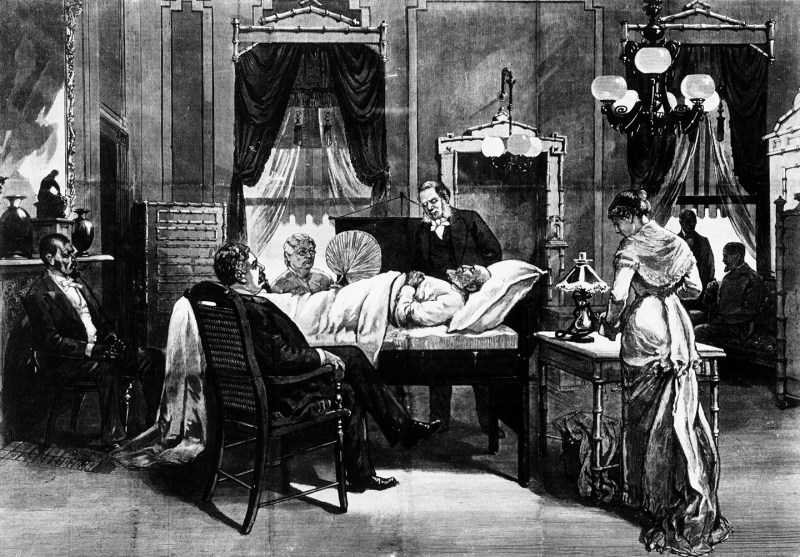
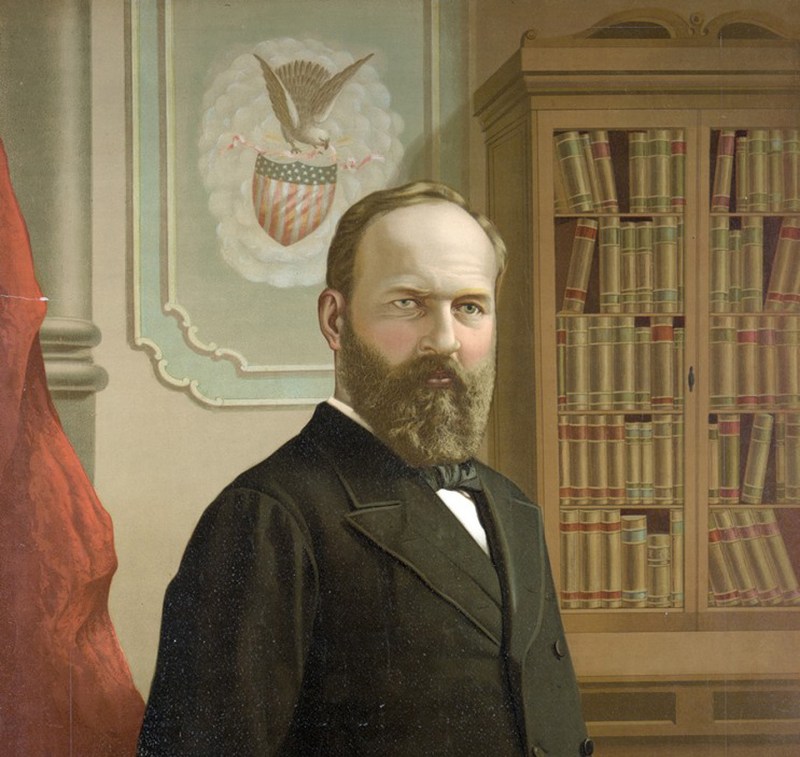
James Garfield, the 20th president of the United States, had the second shortest tenure in presidential history. He was shot in the back by Charles J. Guiteau, a disgruntled job seeker, on July 2, 1881, who soon peaceably surrendered to the police. Garfield was incapacitated from the shooting and lay ill in the White House for 80 days after the attack. He only performed one official act, the signing of an extradition paper, before he died from blood poisoning on Sept. 19, 1881.
This article was featured in the InsideHook newsletter. Sign up now.
